Simple Squat Progression
Simple Squat Progression
Unfortunately, even today with everything we know, there are still some coaches that program the right exercises at the wrong time. They still allow young athletes and novice lifters to enter their program and immediately start performing barbell squats, deadlifts and bench presses.
The correct protocol has to first start with an assessment and then a progressive approach must be employed to development the athlete’s strength foundation and movement proficiency. It is only after the athlete demonstrates control (stability) through the required mobility (range of motion) of the strength training movement pattern, can you begin to overload the exercise.
Today we will look at a time-tested squat progression to get you and your athletes performing good full-range squats.
The Simple Squat Progression
At Diesel, we never throw an athlete under the bar until I can see the following:
– They understand bracing
– They understand tension (see Tip #4)
– They can demonstrate a hip hinge pattern with a neutral posture (loaded and unloaded)
– They can perform a bodyweight wall squat with a neutral torso (hips, spine, head)
Once we get to this point, we can start thinking about where we want to go with the squat and how we’re going to get there. We will use a simple seven-step exercise progression which will allow us to:
7 Levels of Progression

Here is the easy-to-following exercise sequence for progressing to a full barbell squat.
Step 1: Wall Squats
Wall squats are a great way to teach an upright squatting pattern while targeting strength mobility of the hips and core stability. This video provides some excellent progressions for the wall squat series.
Step 2: High Box Goblet Squats
After we develop the mobility, bracing and neutral posture for the squat pattern, we can begin to overload the pattern in a limited range of motion (ROM). This will also test the athlete’s core stability, bracing and breathing proficiency.
Step 3: Parallel (to Low) Goblet Squat
Now we start to increase the ROM by lowering the box. Increasing the ROM develops strength and mobility in this new range of the movement. The key coaching cues for the athlete are to not “crash the box”, but rather “touch and go”. The focus has to be on tension and stability.
Step 4: Goblet Squats
We started the squat pattern with the wall squats and now we cement the pattern with loaded goblet squats through a full range of motion.
Step 5: Double Kettlebell (KB) Squats
Full squatting with a barbell requires great tension in the upper back. We can simulate this anterior-loaded movement with two kettlebells in the racked position. This is a great anti-flexion (hips), anti-extension (lumbar spine) movement (Robertson, Complete Core, 2011) that forces the athlete to a greater level of tension, in preparation for barbell squats.
Step 6: High Box Squats
We’ve finally made it to the barbell with the introduction of high box squats. Box squats are a great progression tool for full squats (not to be confused with powerlifting box squats) because you can use the mats as indicators. We will start high (limited ROM) and slowly take away the mats (full ROM) as the athlete demonstrates proficiency at each level.
Step 7: Parallel (to Low) Box Squats
We lower the box height even further and still throw out the same cues; do not “crash the box” and “touch and go”. This will ensure tension and control throughout the exercise.
Time to Get Real
We’ve made it! Your athlete is finally ready to perform full squats. The question is, could they have full squatted before we reached this point in their development? Of course, this is only one progression and every athlete could require a different strategy. But this is a general progression we’ve used with all of our athletes with great success. It will provide you with a foundation, a good starting point to work from and allow you to insert other exercises to address individual weaknesses.
By Smitty on February 26th, 2012
FREE DIESEL NEWSLETTER
- Discover Pain Free, Joint-Friendly Training
- Get Super Effective Workouts and Programs
- Inspirational Life Lessons Each Week
- Effective Habits For Busy Entrepreneurs

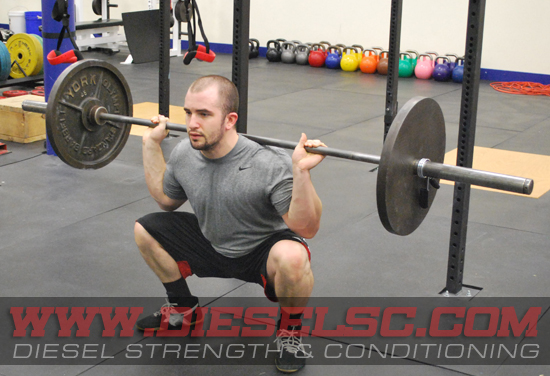






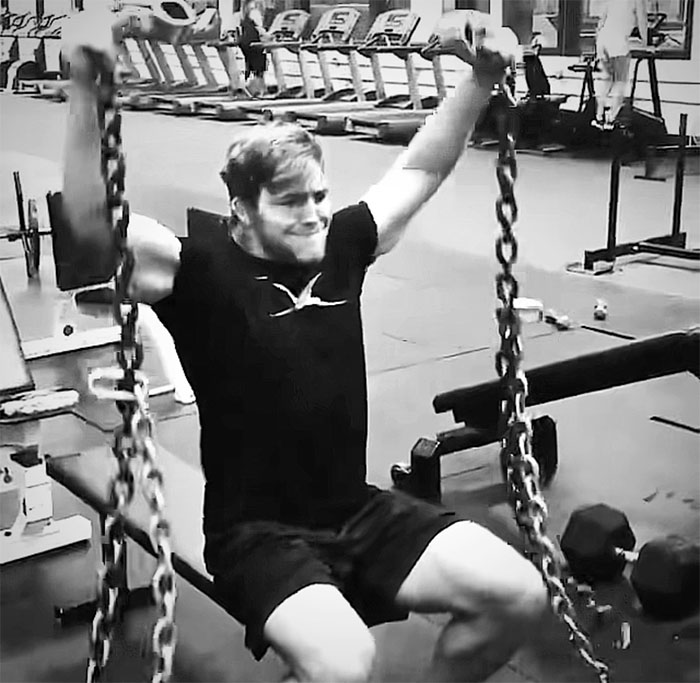

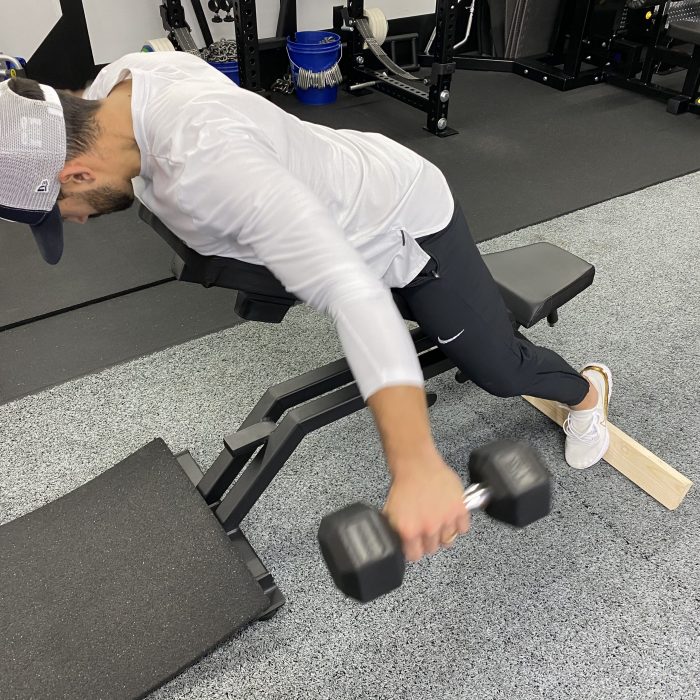


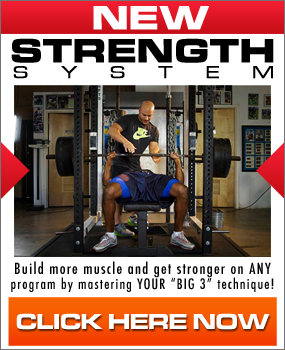




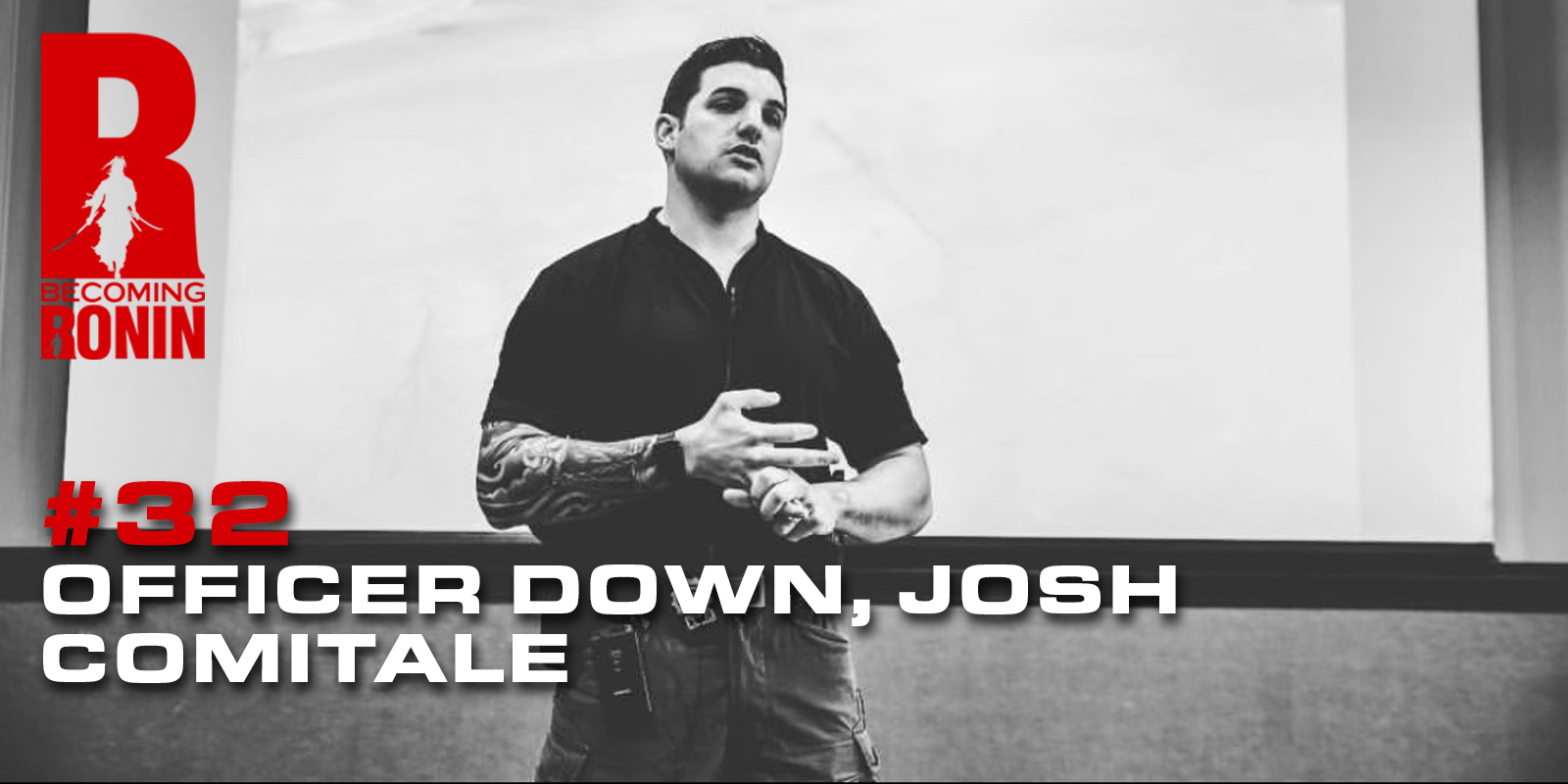
Great post Smitty!
Thanks Big Mike!
awesome article!
Thanks Vinny.
Good solid basics! Thanks!
Thanks Frank.
Love the progression, I have used all those progressive moves myself and I have to agree your method is an awesome way to avoid overdoing it when starting out!
Thanks Steve.
Sound systematic approach. I tend to throw my athletes right in and work back if needed. My screening is done through our main lifts (obviously at lower intensities) which tells me what I need to know about the athletes who are not quit ready and saves me time for those capable.
Thanks Jeremy
Smitty seriously, this is freaky. I was googling exercise progressions last week for the 7 fundamental movement patterns and came accross your squat progression video, which has been working like magic already! Rewind to a couple of more weeks ago I had been researching new SMR techniques for a couple of weeks and then you came out w/ the medicne ball flow article for movement prep. Its like you can read minds! You are amazing! Keep rocking Smitty!
That is crazy! lol thanks bro
Smitty. Excellent way to teach squat. Learnt a lot. Just a suggestion. Please reduce the volume for the intro “Diesel Strength” music for videos.